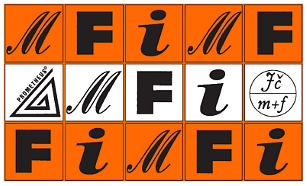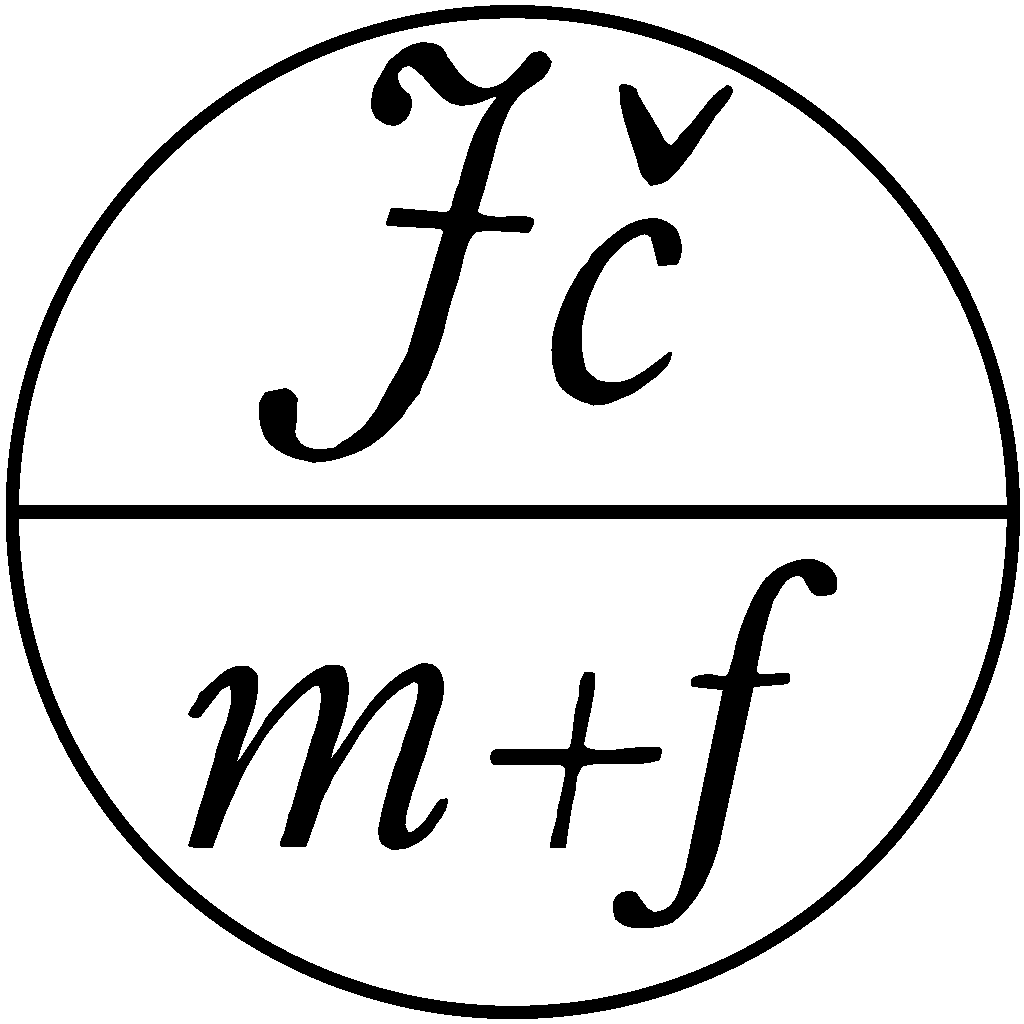Virtual laboratory work using 3D models Corinth
Abstract
In today's difficult times, influenced by the epidemic situation and the spread of covid-19, distance learning places increased demands on teachers or students. Our work deals with virtual experiments with 3D models offered by Corinth 3D app.The aim of this work was to verify whether interactive 3D models can be used in the implementation of virtual laboratory work instead of real tools. As a basic model, we tested an interactive pendulum, in which you can change not only the length of the suspension and the weight of the weights, but also the value of the gravitational acceleration, which cannot be changed in a real student experiment.
To evaluate the motion of the pendulum, we used the freeware application Tracker, which allows you to perform a detailed video analysis of any motion, including a sophisticated interpolation of the regression function through experimentally measured data points.
In conclusion, it can be stated that, provided prior thorough preparation, including in particular video analysis in the Tracker program, interactive 3D Corinth models can be used in the implementation of virtual laboratory work or project day. At the time of distance learning, these activities can partially replace real experiments performed in full-time laboratory exercises with real aids. In ordinary classes, they can be an interesting diversification or motivating element for students to study physics.
Downloads
Published
How to Cite
Issue
Section
License
Autoři, kteří publikují v tomto časopise, souhlasí s následujícími body:
- Autoři si ponechávají copyright a garantují časopisu právo prvního publikování, přitom je práce zároveň licencována pod Creative Commons Attribution licencí, která umožňuje ostatním sdílet tuto práci s tím, že přiznají jejího autora a první publikování v tomto časopisu.
- Autoři mohou vstupovat do dalších samostatných smluvních dohod pro neexkluzivní šíření práce ve verzi, ve které byla publikována v časopise (například publikovat ji v knize), avšak s tím, že přiznají její první publikování v tomto časopisu.

Obsah časopisu podléhá licenci Creative Commons Uveďte autora 3.0 Česko








